This article was written by Erik van Mechelen with input from Yu-kai Chou and Jun Loayza.
Attention and time are arguably the two most important resources we have. Wearables are a growing trend in behavior change technology. If designed appropriately, they stand a chance at helping us drop bad habits and spend more attention and time on good habits. As we’ll see in this article, non-wearables are also on the rise.
I’ll be comparing two habit-related products: Pavlok focuses on breaking bad habits, while Moti’s main idea is to form good habits.
Pavlok came on the market to criticism, but has added new functionality since its Indigogo launch in 2015, with more to come soon. Moti is a new product, currently in its last couple weeks of the Kickstarter.
As always, I’ll use the 8 Core Drives of Octalysis to see how these products are designed to affect our underlying behavior, our motivations themselves.
Behavior Change and the Core Drives
Let’s think about behavior change broadly for a moment. (If you haven’t already read Yu-kai’s Actionable Gamification, it’s time to do that.) What Core Drives lead to behavior change?
The answer may surprise you: any of them.
In every product analysis article we’ve done on Yukaichou.com, we’ve shown how one of the 8 Core Drives moves us toward a Desired Action (while Anti Core Drives pull us away from that action or toward an UnDesired Action).
So, the underlying change of a behavior has everything to do with our motivations.
Not so fast, you might be thinking: in the case of changing a behavior, don’t we need additional motivation to say, counter a bad habit or build a new habit?
You’re probably right on that. As I break down a couple scenarios with each of Pavlok and Moti, we’ll see this pendulum of motivations in play.
Pavlok
Pavlok’s product thesis stems from a Pavlov’s experiments and theory developed by others since. Classical conditioning and its variants are complicated, but we don’t need to know it all to understand what Pavlok is trying to achieve: the deterrence of bad behavior.
Through a negative stimulus (an electric shock of varying degrees), the wristband helps users break bad habits by associating the shock with the bad habit. Eventually, a user will prefer avoiding the bad habit to avoid the associated pain. Some have described this as aversion therapy or positive punishment (B.F. Skinner’s terminology).
In the early days of Pavlok, users were asked to manually shock themselves when they performed or engaged in the bad habit they were trying to drop. This requirement of the user to do something was criticized, but testimonials showed some users were having success so long as they remained accountable to themselves.
Since, Pavlok has added integrations with Slack, Amazon Alexis, and IFTTT. It continues to be used for breaking smoking, alcohol, diet, and productivity habits. It can also be used to reinforce good habits, like going to the gym, when linked with the associated Pavlok mobile apps. The additional control allows for elements of Core Drive 4: Ownership & Possession to come into play.
We can see that at its core Pavlok is playing into Core Drive 8: Loss & Avoidance. Users want to avoid the shock, so they abstain from the bad habit. In general, this is Black Hat and straddling right and left brains (under Octalysis definitions of those terms–intrinsic and extrinsic motivation).
On top of breaking bad habits, Pavlok can be used to form good habits. Take the gym example: Pavlok can be paired with a FitBit or an AppleWatch or any step-counting product to zap, beep, or vibrate if gym goals aren’t reached by a certain time of day. In this case, the zaps and beeps feed Core Drive 6: Scarcity & Impatience and Core Drive 7: Unpredictability & Curiosity, because the user will have a limited time from those “surprise” beeps and vibrates to complete the Desired Action (the activity for which they are trying to build a habit) before they are ultimately zapped by Pavlok.
Pavlok just took pre-orders for the new Wake-up Trainer shock clock, an alarm clock that zaps you awake in the morning. The companion app will have the ability to turn on what we call “Snooze Zap” and “Snooze Lock”. If Snooze Zap is turned on, the Pavlok will zap the user anytime he tries to snooze the alarm clock. If Snooze Lock is turned on, he physically can’t snooze the Pavlok. The only way to turn it off is to actually get out of bed and do jumping jacks (Renee from Pavlok shared that as a design decision, it was jumping jack or air-punches.)
Moti
Moti is a smart companion for building better habits. Built from a blend of behavioral science and social robotics, Moti is a programmable and adaptable personality to support the growing of any habit. Moti is a like a friend who is there to celebrate wins and encourage the owner on days they lack motivation.
Moti plays on both Black Hat and White Hat motivators through emotional responses and urgings. Moti can celebrate as well as give sad or angry responses.
From Nir Eyal’s Hooked Model, Moti acts as the trigger in a trigger, action, variable reward, and investment cycle. Moti’s marketing material reduces the cycle to trigger, routine, reward, but the concept is similar.
Moti is itself a trigger. Specifically, an environmental queue. The concept of an environmental queue is perhaps Moti’s strongest design choice. It doesn’t rely on adoption of an app or battle for valuable wrist space. In other words, the user doesn’t need to remember to stay accountable, they simply are or aren’t, and Moti will provide feedback on that choice. With Moti, the idea was to create a good habits without the need to first form a habit (of using an app or wearable) to get results.
Moti isn’t only a trigger, though. It tracks and learns the user’s behavior in efforts to aid in habit-building throughout the habit-adoption phase. Because it is a physical product and fueled by emotional triggers, it has the chance to work more effectively than alternatives like a list or an on-screen app.
What Core Drives does Moti use?
From a product purchasing standpoint, people buy Moti to improve their life (Core Drive 4: Ownership & Possession), though the same could be said for Pavlok, especially when you consider the epic effects of improving one’s health.
Once using Moti, however, we see the following:
Core Drive 2: Development & Accomplishment — triggers remind the user there is improvement both possible and to be made today.
Core Drive 3: Empowerment of Creativity & Feedback — Once a user sees she can build one habit, she will then see yet more habit-building possibilities (as in a Milestone Unlock).
Core Drive 4: Ownership & Possession — with IFTTT and other integrations, owners will get the chance to create routines that work for them
Core Drive 5: Social Influence & Relatedness — Moti is a physical product that some have described as Tamagotchi-esque. People actually build a “social relationship” with their Moti.
Core Drive 7: Unpredictability & Curiosity — Doing the routine to find out what sort of feedback I’ll get from Moti drives curiosity and repeated desired actions.
Core Drive 8: Loss & Avoidance — Upon viewing or hearing a neutral/positive trigger, the user completes the routine both to get the positive variable reward but also to avoid the negative emotional response from Moti.
Designing Habit-Forming Products
The design of habit-forming products is just beginning. We’ve barely gotten started with devices on our wrists. Consider the possibilities!
But no matter what designers and engineers and entrepreneurs come up with, they will have to pay attention to the human side of the experience. Which of the Core Drives are in play? What is the Desired Action? How does the product reinforce its own usage and get users coming back? These questions will remain.
The most important question is: what Core Drives remain intact during the Endgame phase? These products only create lasting impact if people use it to improve themselves over the long-haul as opposed to a new year resolution fling. To solve that is to find the unicorn.
Let us know your favorite habit-forming product in the comments and see you next week!


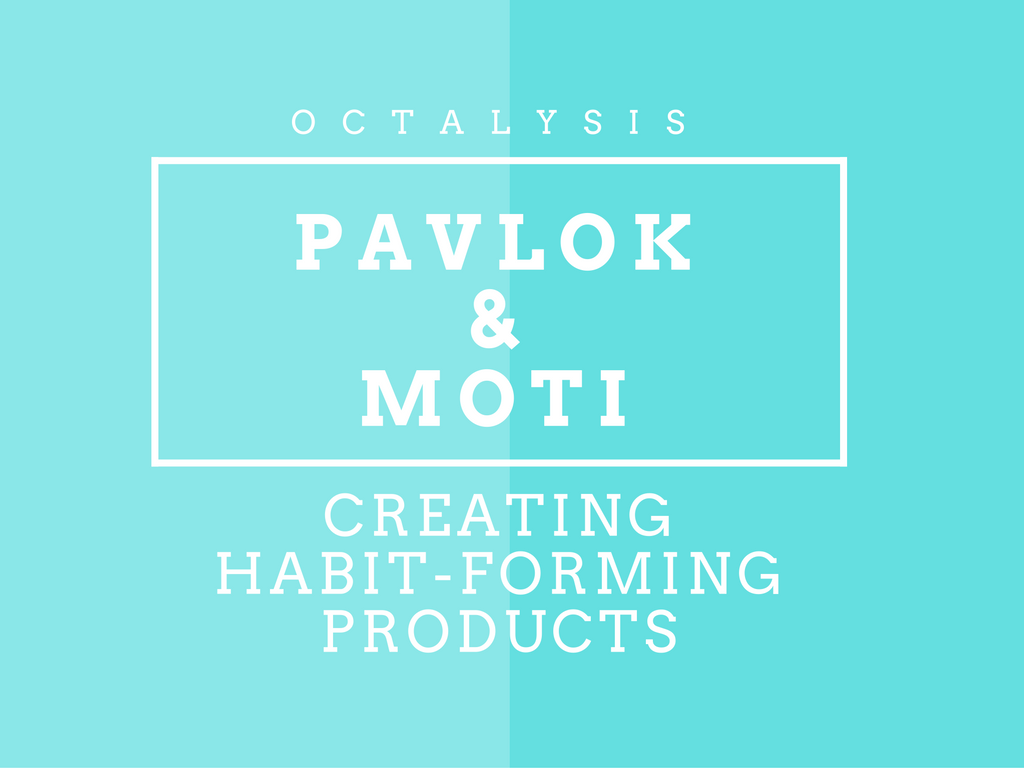

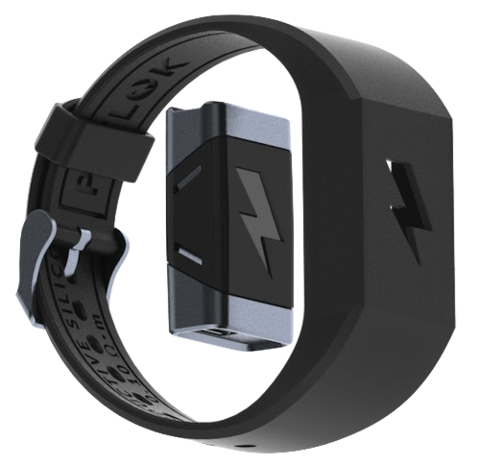
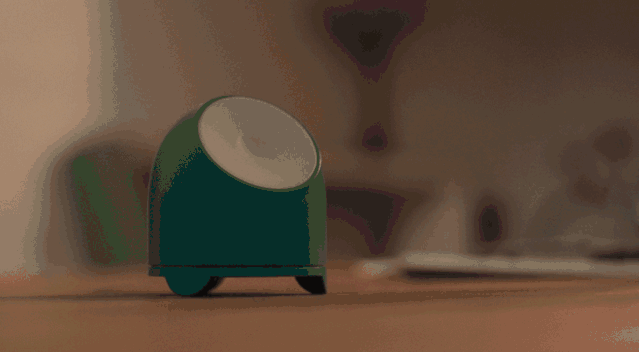
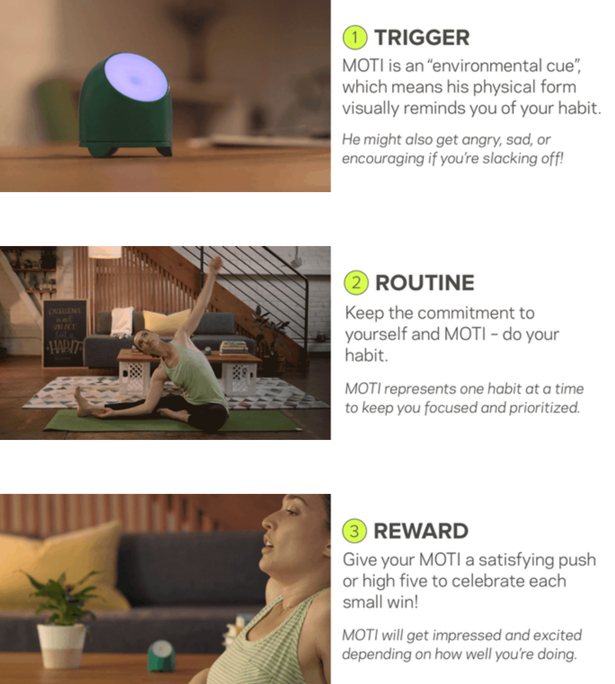

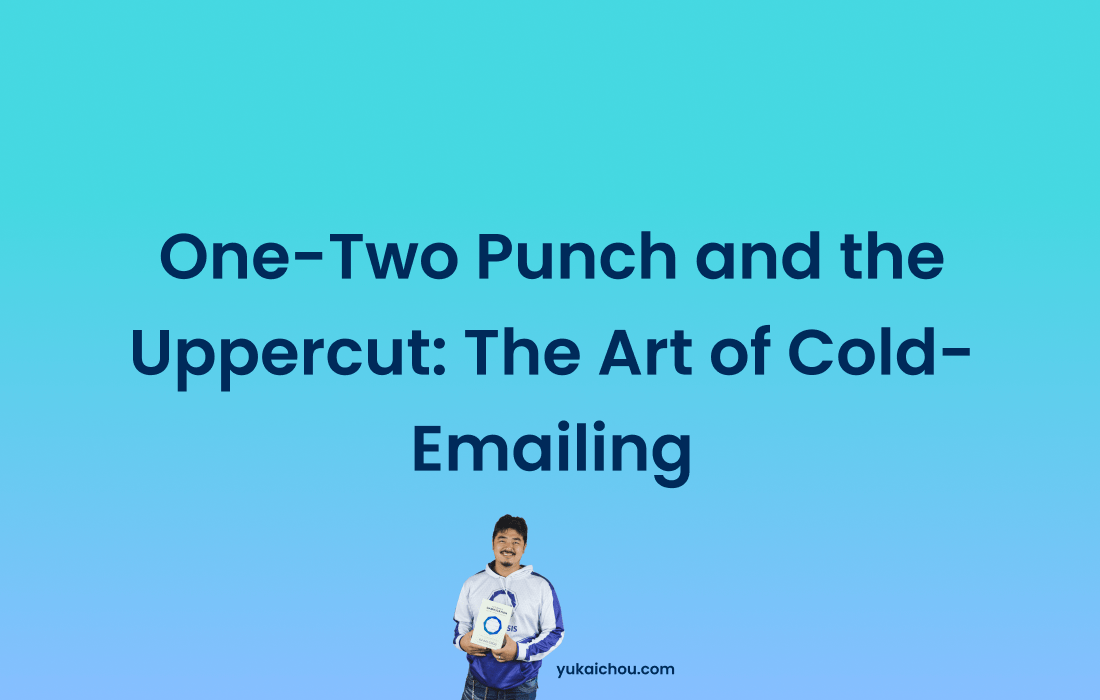
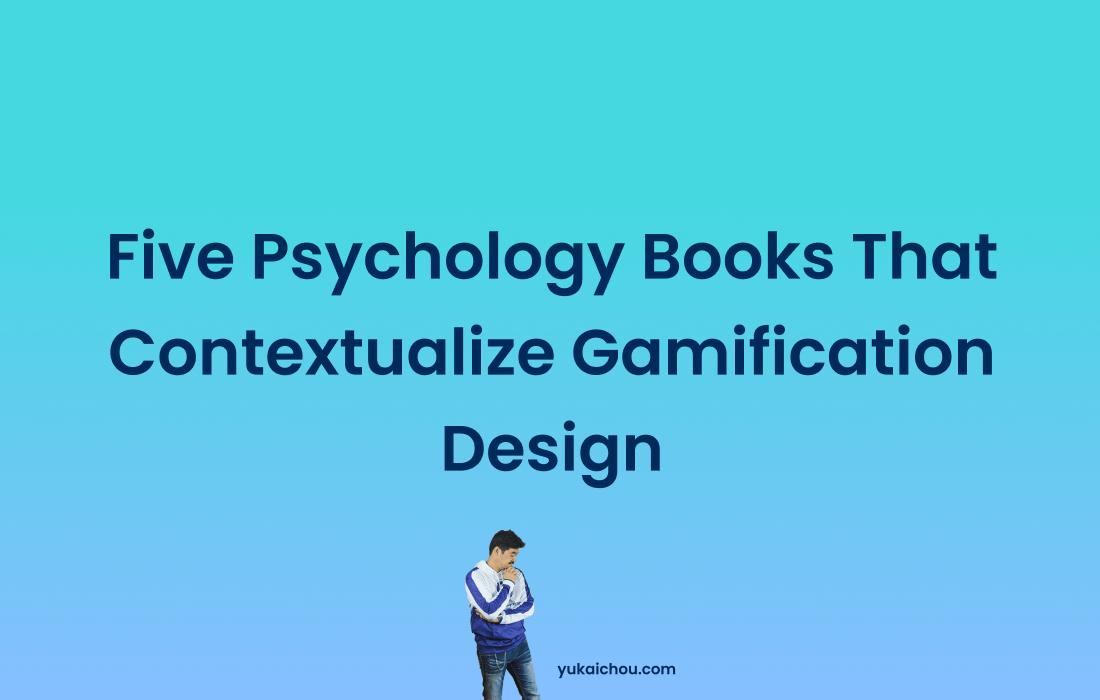
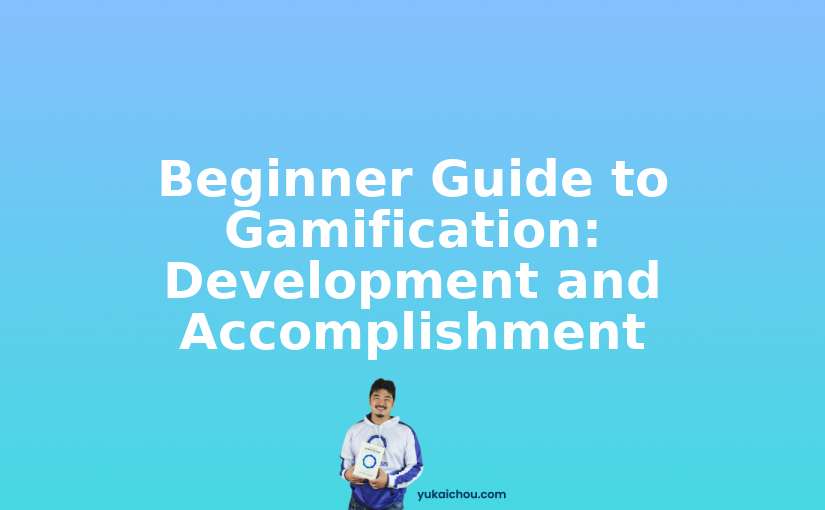
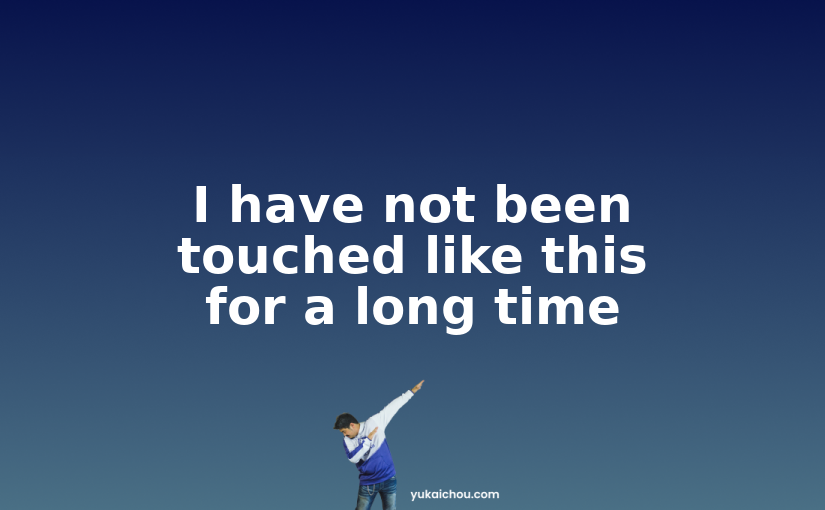
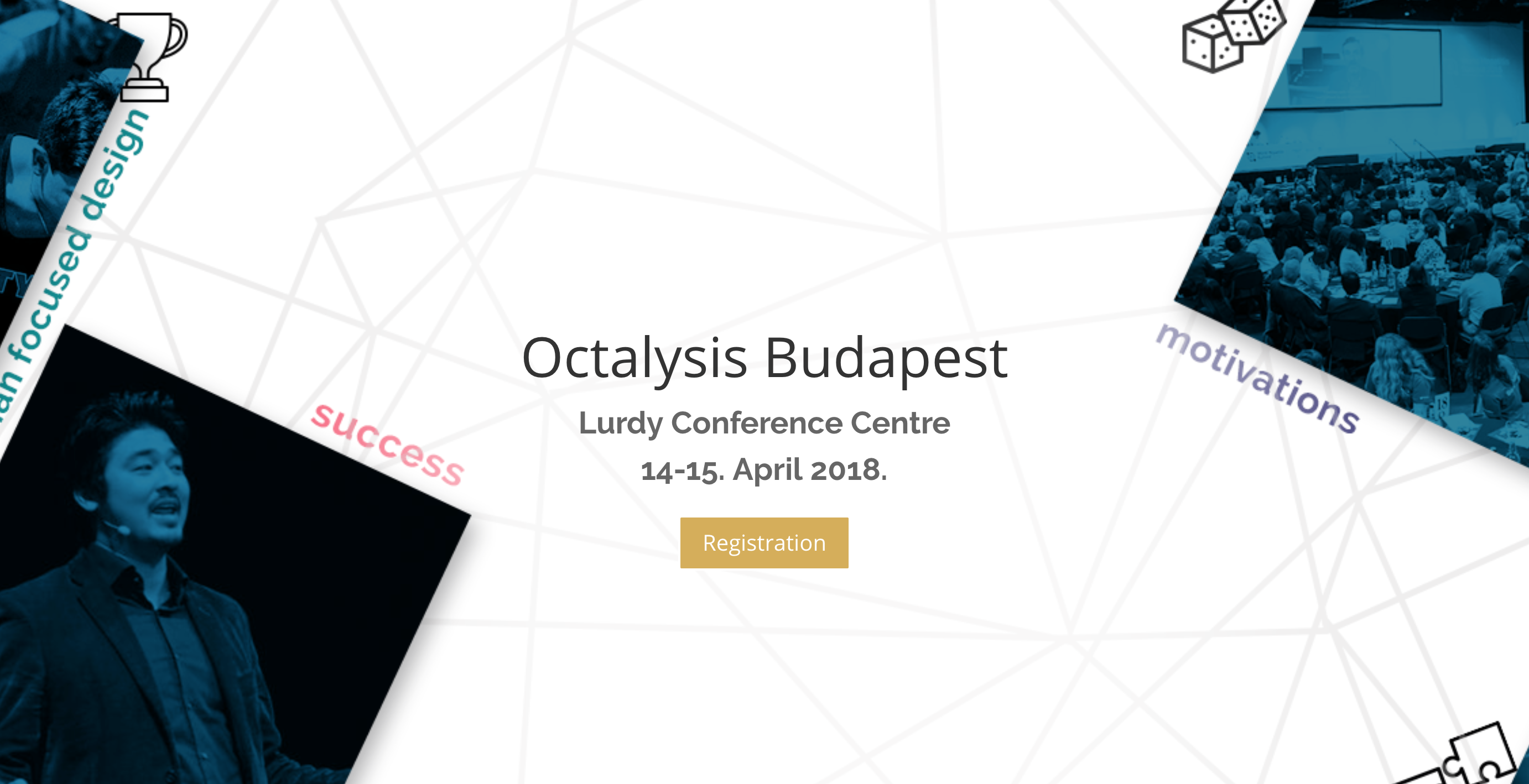
One response to “Creating Habit-Forming and Habit-Defeating Products: Pavlok and Moti”
Pavlok seems to be such a rather bold experiment. But, I would accept this enforcement to stop biting my nails.